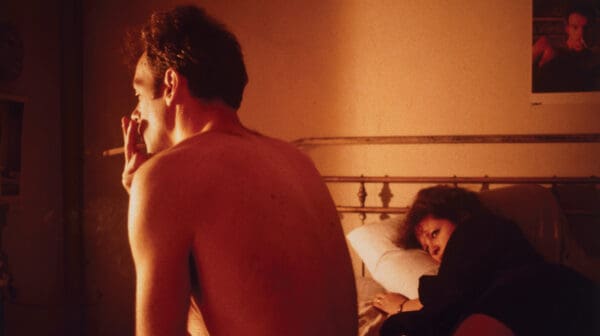
Nan Goldin, Written on the Body
To mark the presentation of Nan Goldin’s The ballad of sexual dependency at the Bank Art Museum Moree, Jonno Revanche reflects on the power of the landmark photographic series—and the way the work’s visceral portrayal of subjects that have survived the narratives our culture has imposed on them—has endured.












